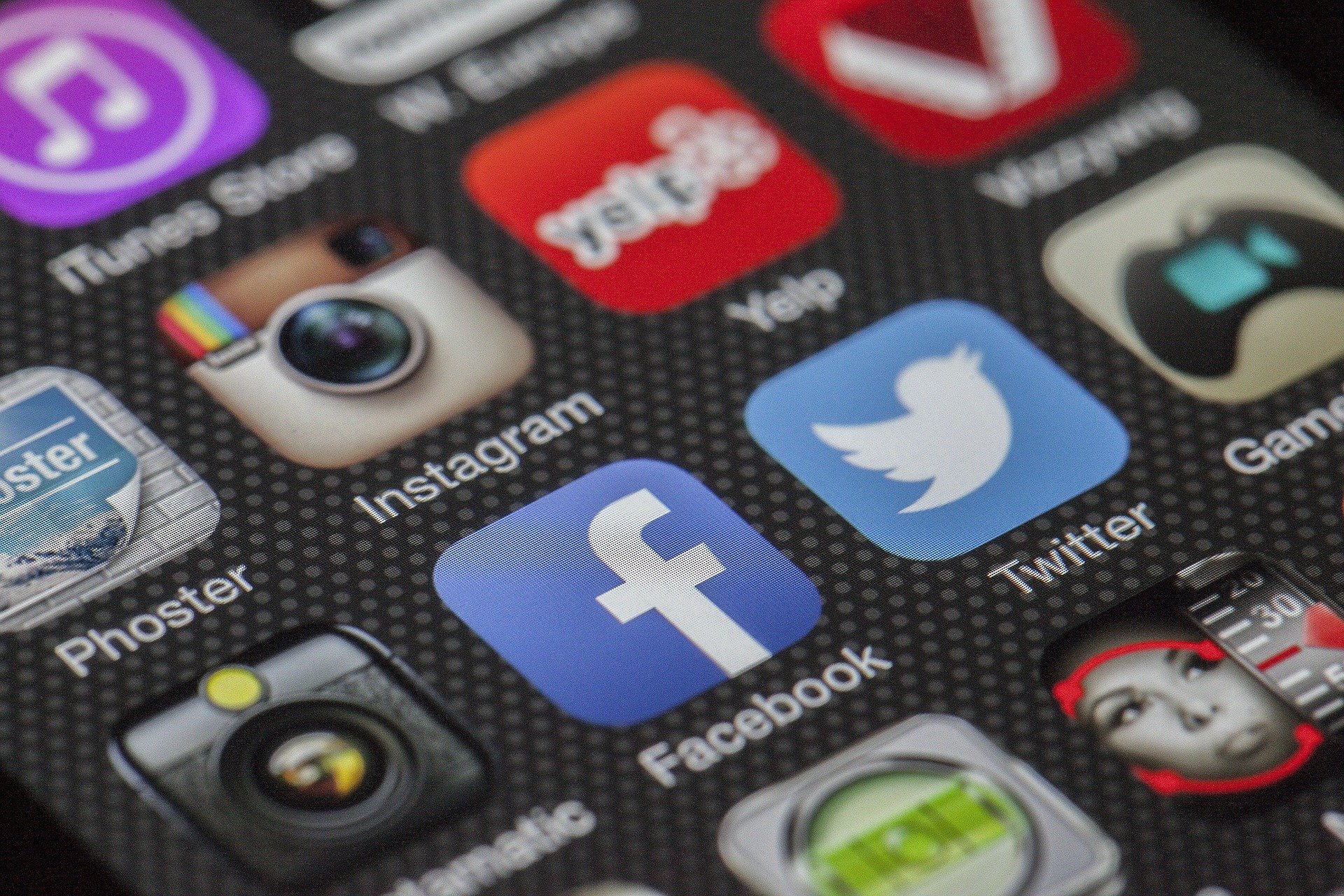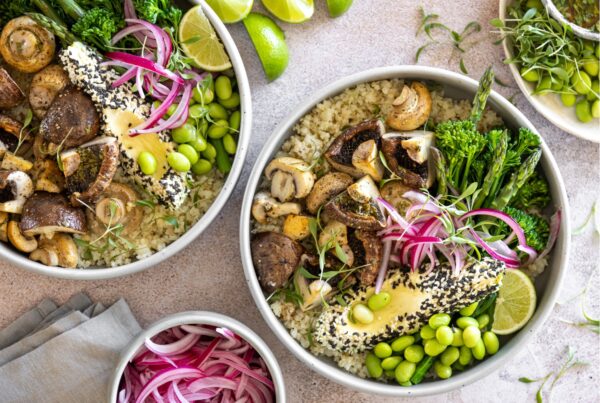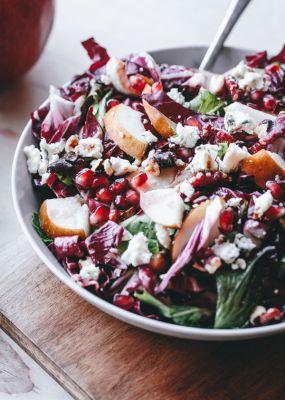Welcome to Technofoodology – technology profoundly changing the way in which we interact with food. Will it boost us into the #SuperHealth stratosphere and get us eating whole, natural foods again, or will it make us #SupersickAndLazy? It’s up to you.
The world of food is evolving around us at incredible speed. How many food-related apps are there on your smart phone? When last did you take a picture of your food, drench it in filters and post it online? For foodstagrammers – millennials and millennial-minded adults in particular – a meal cannot start without posting a #YumFood snap.
There is a new artistry in what we are eating.
It’s reported that pizza is the most popular Instagrammed food, followed by sushi and steak. Globally, chefs and restaurateurs are listening, and adjusting their menus to produce meals that look good on a smartphone camera. Recently, one London business even launched a “Selfieccino” – a cappuccino with your selfie, scanned by a printer, in the froth. From vegetarian cheese steaks to sushi croissants and edible flower salads the latest food trends[2] are now not only referred to as innovative but also as Instagram-able.
Clearly social media is a major driver of food trends. Some of 2017’s top hashtags include #Yummy, #MenWhoCook, #Delicious #Foodstagram, #FitFood, #Healthy and #Food. Food photography is even bosting tourism and affecting where patrons decide to eat – and what they will order, well ahead of their visit. According to Instagram, 80% of accounts follow a business on the app and 200 million instagrammers visit at least one business profile a day. The internet of things and artificial intelligence have married into the food family. Once big happy family, their offspring is technofoodology.
Forbes reports that, by 2020, there will be 55 million smart devices in our homes, making a global network of homes the biggest supermarket chain on the planet. The rise of online shopping means the supermarkets of the future will need to offer an unmatched taste and food experience, with unique and curated offerings, to get us to go there.
We are not too far away from a day where all our food journeys are completely technologized.
You’ve had a nutrigenomic test and know exactly which nutrients your body requires to optimise your genetic make-up. Your 3-D printed breakfast meets all your dietary needs and eliminates food waste. You leave home for work, and your smart fridge picks up on what’s running low and sends an online order out. During the day you walk in and out of an AmazonGo convenience store where deep-learning technology allows you to purchase what you need and automatically charges the items to your online account – no checkout required. In the evening, a meal-prep kit is delivered to your door – just the right quantities, calories and macronutrients for you and all your guests. Your smart kitchen appliances are operated remotely, through your mobile devices, making setting your oven or dishwasher quick and easy, on-demand. While eating, you check in on how many ‘likes’ the dinner images you posted attract, feeling validated by and connected to the world, as they mount. Maybe you have a Genie (a coffee-maker sized appliance) on your kitchen counter? The Genie uses single-serving, disposable, recyclable pods to make healthy, preservative-free food in seconds. It works with an app and promises to make anything from chicken with rice to a chocolate soufflé, eliminating waste.
Technology has become the latest tool for squeezing out a competitive advantage, even in the most overcrowded spaces. Looking at the online food delivery market alone some analysts predict we will see growth from $35 billion globally today to $365 billion by 2030. Across, the board, the most popular food delivery apps enjoy explosive growth. What the digital world says is hot, affects where we eat and what we order.
Day by day we are promised faster, better, more personal #FoodMoments.
But, will the explosion of food technology and apps steer us to better health or towards disease?
We humans started out hunting and later growing our own food, cooking whole, unprocessed foods at home, in our kitchens and eating around tables, connecting with others. Today, the world is awash with cheap, fast food that’s high in kilojoules and low in nutrients – unrecognisable from any whole food source. We don’t even have to get out of our cars to order pre-packed, highly processed, high-sugar and high-fat foods. Now, apps are our go-to sources of info on food preparation. Whether I want to know how to boil an egg, make Baked Eggs with Coconut Milk and Cilantro (compliments of my epicurious app), or rustle up a calorie-drenched, nutrient devoid plate of deep-fried eggs with sausage and extra fries, I can source a digital recipe in seconds. I get to choose.
An unhealthy diet is now a leading, preventable, risk factor for the chronic diseases of lifestyle – diabetes, hypertension, heart disease and more – that are crippling global healthcare systems. That’s serious. More and more people rely on convenience meals and fast foods which are likely to cause weight gain. We’re filling up on refined carbohydrates, highly processed, sweetened products and the fattiest cuts of meat, which can lead to deficiencies in essential nutrients and subsequent long-term health damage.
In 2017, 50% of the world’s population was under the age of 30. Why does a healthy, technology-savvy millennial population group matter? By 2025, millennials will comprise three-quarters of the global workforce. Deloitte research shows that, by 2020, the aggregated net worth of global millennials could reach up to $24 trillion. Imagine the impact of a tech-savvy but unhealthy millennial population on global health systems? Fortunately millennials are also reported to be the largest proponents of so-called impact investing – they support business that has a positive impact on the world. I hope that will push them to healthier lifestyle choices.
If we choose to use them wisely, food apps and advances in technology can bring us closer than ever to healthy, whole food choices and enhance our understanding of what we’re eating. Take an apple. Digital access has empowered us to ask,
- What sort of macronutrients does it contain?
- Does it contain good or bad sugar?
- Is there fibre in it?
- How far did it travel to get to me?
- Was it sprayed with pesticides?
- Were the farm workers paid fairly?
- Why is it packaged in plastic?’
- To remain relevant businesses must listen to us. And to remain healthy, these are questions we really need to keep asking.
The way we engage with food is fundamentally changing. It’s up to each of us to ensure and direct the freedom and pleasure that food technologies bring. They’re either a pathway to better health or our estrangement from what it really means to thrive.
Who is the author?
Dr Craig Nossel is the Head of Vitality Wellness, Discovery’s incentive-based wellness programe. He is a regular commentator in the media, has co-authored a number of scientific publications, and has several patents relating to wellness programs.



![women [longevity live]](https://longevitylive.com/wp-content/uploads/2020/01/photo-of-women-walking-down-the-street-1116984-100x100.jpg)










